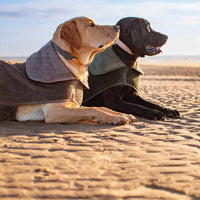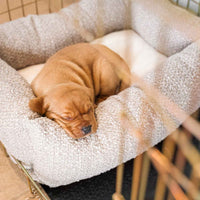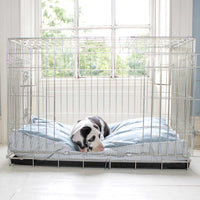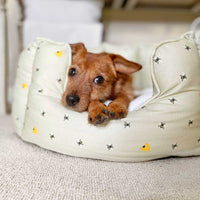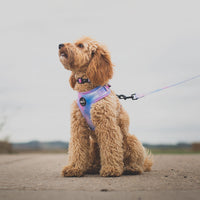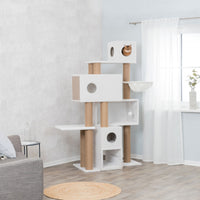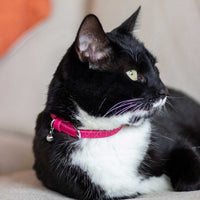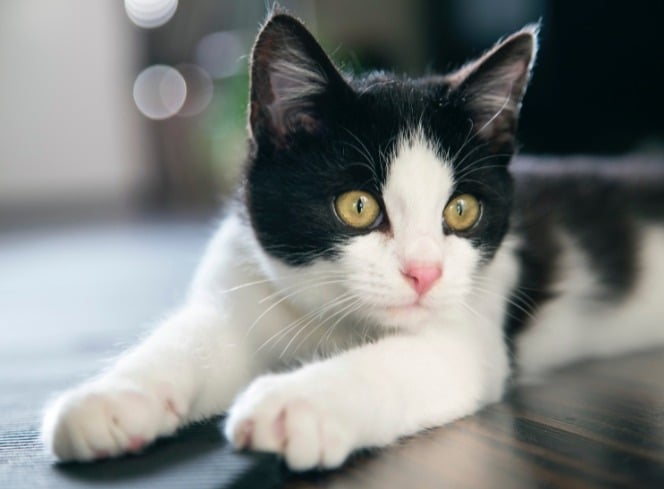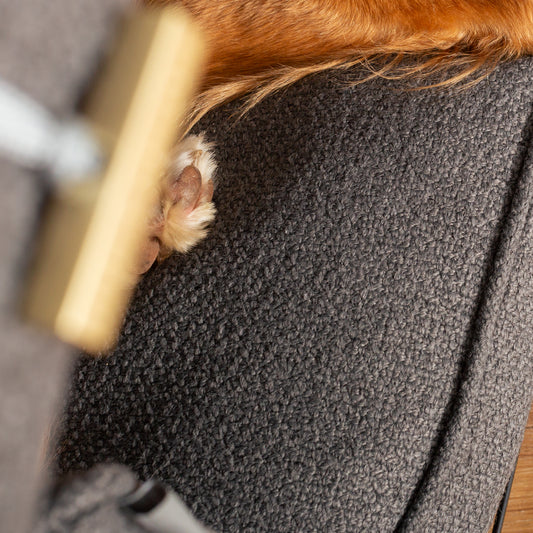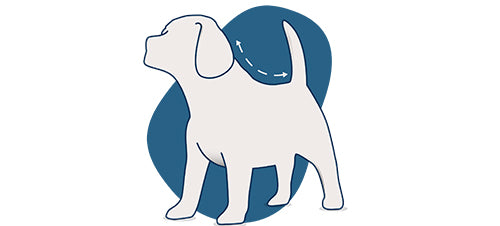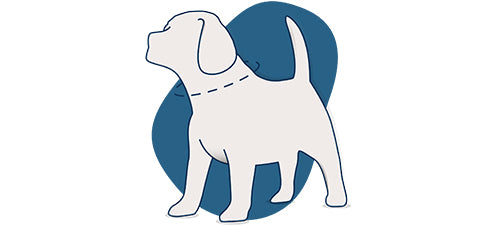As a pet owner, you’ve probably been in a situation where your cat has hung around your food, patiently waiting for you to share the deliciousness with them. And as much as it’s great to give your cat a variety in their diet, can we give them our leftovers as a way of giving them variety and exploring new textures and tastes? Or can this potentially unsafe? In this article we unpick the foods to avoid and the foods your cat can try when sharing your dinner.
Can Cats Eat Chicken?

It’s good to know your cats main diet should consist of specially formulated cat food as this will have all the nutrients in it that your cat could ever need. However, to give them a treat or to let them try your food - try to ensure it only makes up 10% of their diet. Giving your cat a healthy meat such as chicken, may actually enhance their diet and is a safe ‘scrap’ you can share with them off your plate. Just avoid any sauces, bones and seasoning as this may not agree with your cat and chicken bones can be dangerous for them to play with/chew on.
Can Cats Eat Beef?
Cats are meat eaters and cooked meat such as beef, you’ll find they probably devour. Only feed your cat a small amount and never feed raw of spoiled meat to your cat as this could make them very poorly. A good rule to follow is if you would eat it yourself, it’ll be safe to feed your cat - unseasoned and cooked.
Can Cats Eat Sausage?
Sausage in small quantities is generally considered safe for your cat to consume, as long as it is made without preservatives. Try to look for chicken or turkey sausages over a pork sausage as leaner meats are better for your cats diet. The high concentration of fat in the sausage can be problematic, so keep the sausage treat in moderation.
What Greens Can Cats Eat?

Your cat can eat chopped carrots, peas, frozen corn, broccoli, green beans, courgette, lettuce, spinach and lots of great greens we eat as humans. Make sure they’re cooked (they should be steamed) since our cats lack a sufficient way to break down plant cell walls. Avoid avocado however as they’re toxic to cats.
Can Cats Eat Onions?
Avoid giving onions to your cat as onions can damage red blood cells and can cause haemolytic anaemia. If you have onions within your food or if you’ve been preparing onions, make sure they’re out of reach for your cat and any onions are stored out of the way, keeping your cat safe.
Can Cats Eat Garlic?
Much like onions, garlic can damage your cats red blood cells and are very bad for your cat. Avoid giving any of your leftovers or food that contain garlic to your cat as you may be doing more damage than good.
Can Cats Eat Pasta?
The main ingredients of pasta is flour, water and eggs which are all safe for your cat to eat. As long as the pasta is cooked and is plain, I.e no sauces, pasta is considered safe for your cat to eat. Although it is suggested you refrain from giving your cat pasta as generally they don’t need the carbohydrates and you are better to feed your cat a lean piece of meat over the pasta.
Be careful when giving your cat any leftovers or scraps from your plate as you may inadvertently train them to be a picky eater - especially if they’re less than interested with their regular diet. Don’t forget to adjust your cats daily intake on their regular food if you have given your cat any leftovers or treats as you do not want to be over feeding your cat.


























